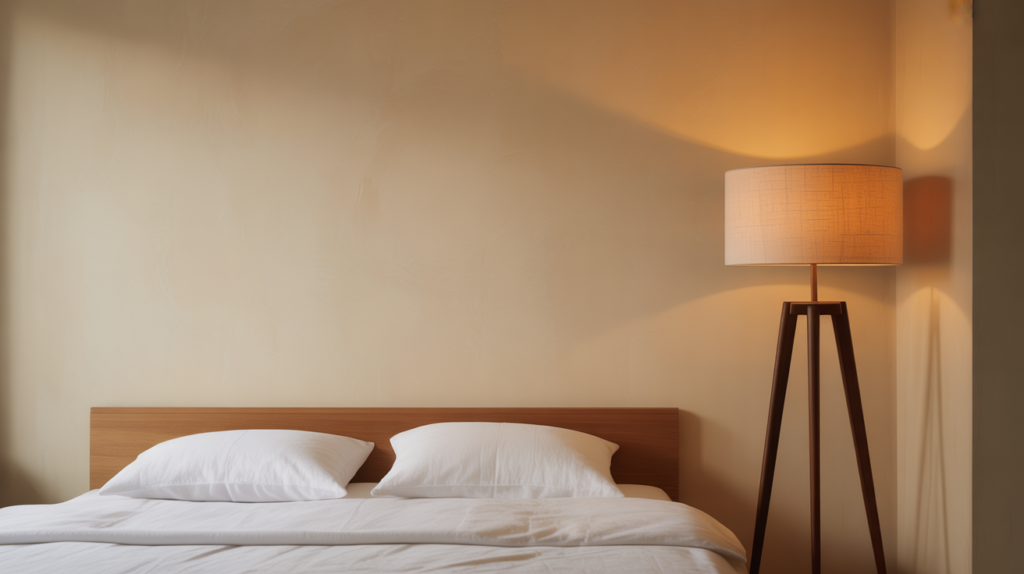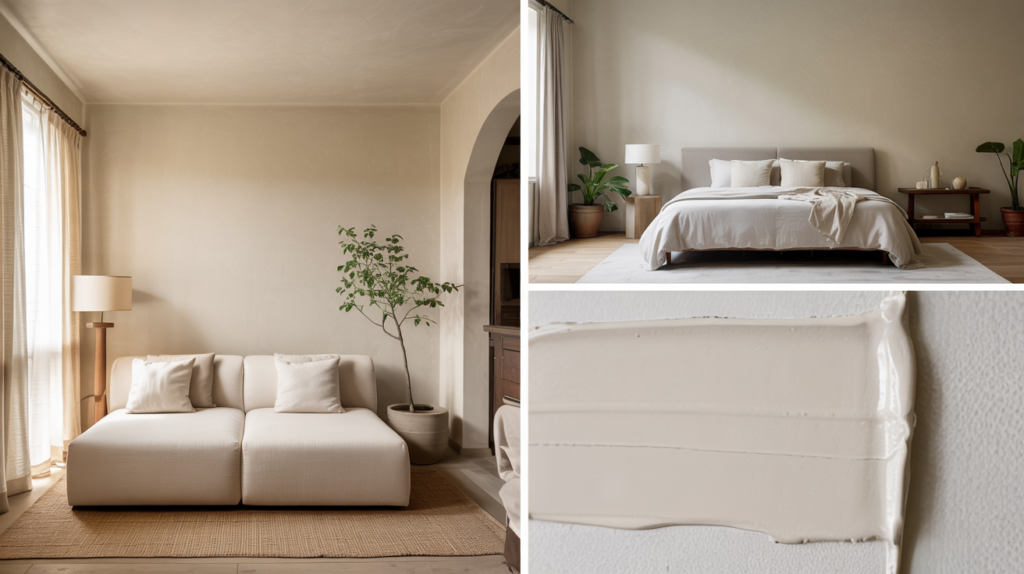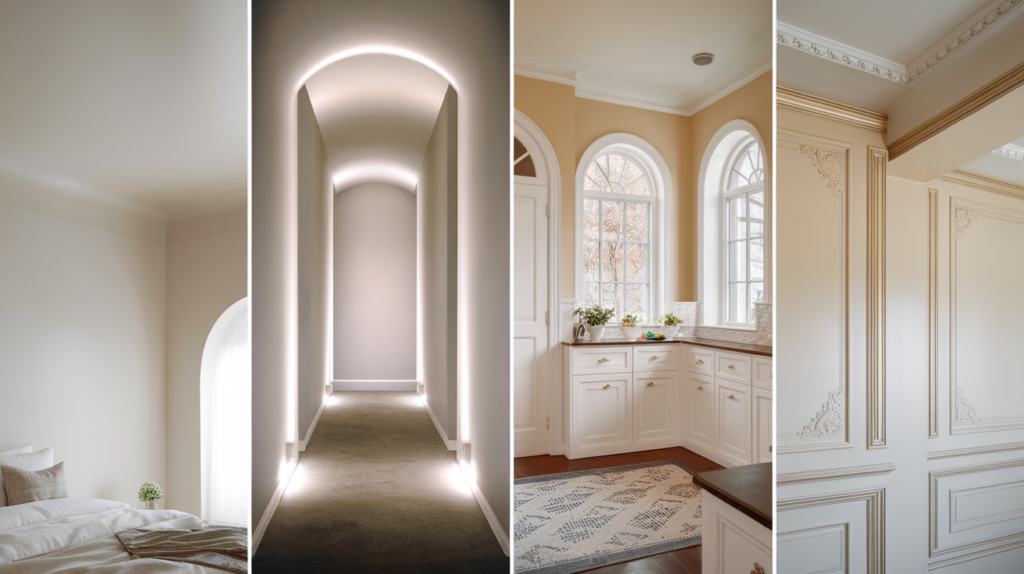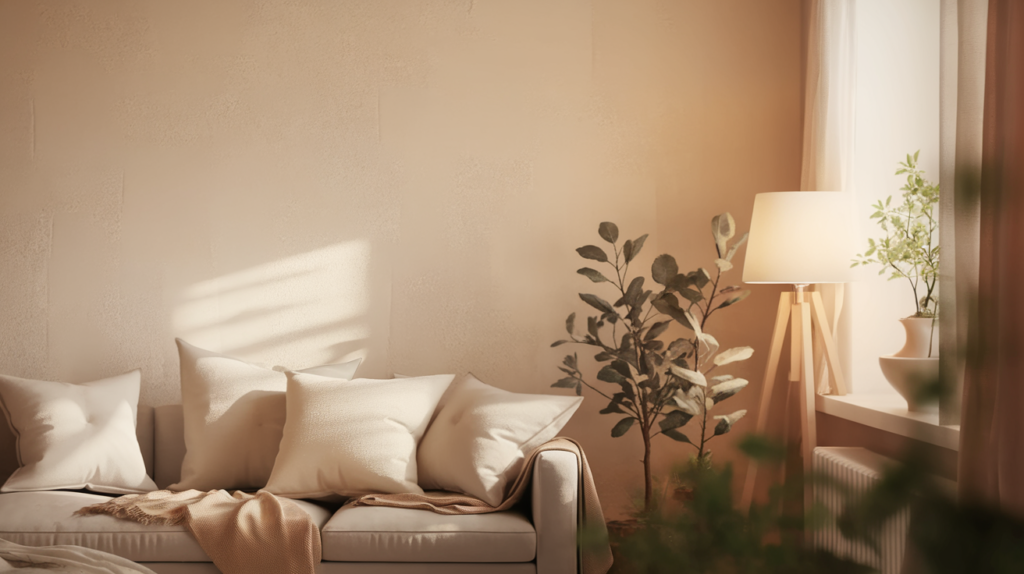Choosing the right paint finish for your walls can feel like a big decision, especially with so many types like flat, satin, gloss, and eggshell.
If you’re not sure what flat paint is or when to use it, you’re not alone. I’ve put together everything you need to know to help you decide if it’s a good match for your space.
Flat paint has a soft look and can cover up marks or bumps on walls really well.
But it’s not perfect for every room, and knowing where it works best can save you time and effort later.
You’ll learn about the pros and cons, how it compares to other finishes, and simple ways to determine what suits your home.
This guide is here to make things clear and help you feel confident about your choice.
No guessing, just clear answers so you can make the right call for your walls.
What Is Flat Paint?

Flat paint is a type of wall paint that has no shine. When light hits it, it doesn’t reflect much, so the surface looks smooth and soft.
This kind of paint is often used when you want walls to look calm and even.
One big reason people pick flat paint is that it hides small marks or dents on the wall.
If your walls aren’t perfect, this paint can help make them look better without a lot of work.
But flat paint isn’t very strong. It can get dirty more easily, and it’s harder to wipe clean without rubbing the paint off.
That’s why it’s usually used in places where the walls don’t get touched a lot, like bedrooms or ceilings.
Flat paint can look nice and neat, but it’s not always the best choice for every room. That’s why knowing more about it can help you choose wisely.
Where Flat Paint Works Best?

Flat paint isn’t the best for every wall, but it really shines in some spots. Here are a few places where it works great:
- Ceilings: Ceilings don’t get touched much, and flat paint helps hide any marks or lines up there.
- Low-traffic rooms: It’s ideal for rooms that rarely get dirty, such as bedrooms or formal dining rooms. Since these areas don’t receive many bumps or fingerprints, the paint remains looking nice.
- Textured or bumpy walls: If your walls have rough spots or small dents, flat paint can help make them look smoother without requiring extra work.
Flat paint is a good pick when you want a clean, simple look in quiet parts of your home. It helps conceal flaws and maintains a calm appearance.
Pros and Cons of Flat Paint
Flat paint has some good points, but it also comes with a few downsides. Here’s a simple look at both:
Pros:
- Hides wall flaws: It covers up small bumps, cracks, and marks really well.
- Soft, smooth look: It doesn’t reflect light, which makes a room feel calm and cozy.
- Budget-friendly: It usually costs less than other paint finishes.
Cons:
- Not great for busy areas: It’s not the best choice for hallways, kitchens, or kids’ rooms where walls get touched a lot.
- Harder to clean: If you try to scrub it, the paint can come off or look patchy.
Comparing Flat Paint with Other Finishes

There’s more than one type of paint finish, and each one has its own look and purpose. If you’re not sure how flat paint stacks up, this quick chart can help you compare the main options.
| Paint Finish | Shine Level | Best For | Easy to Clean? |
|---|---|---|---|
| Flat | No shine | Ceilings, bedrooms, and low-traffic areas | Not very easy |
| Eggshell | Slight shine | Living rooms, hallways | Easier than flat |
| Satin | Soft glow | Kitchens, bathrooms, kids’ rooms | Yes |
| Semi-Gloss/Gloss | High shine | Trim, doors, and high-use areas | Very easy |
Each finish works best in certain rooms. If you want clean walls that are easy to wipe, go with satin or gloss. If you want to hide wall flaws and keep a soft look, flat paint might be your pick.
Tips for Choosing the Right Paint Finish
Picking the right paint finish can make a big difference in how your room looks and feels. Below are some simple tips to help you choose:
- Assess your room’s needs: Think about how the space is used. Busy rooms like kitchens or hallways need stronger finishes, while quiet spaces like bedrooms might be fine with flat paint.
- Consider lighting and wall condition: Shiny finishes reflect more light and can make a room feel brighter, but they also show wall marks more. Flat paint hides flaws better in rooms with rough walls.
- Think about maintenance and cleaning: If you need to clean the walls often, go for something like satin or gloss. Flat paint is harder to wipe down without leaving marks.
- Test samples before committing: Try small paint patches on your wall first. This helps you see how the color and finish really look in your space.
Questions to Ask Before Choosing Flat Paint
Before picking flat paint, it’s a good idea to think about how the room will be used.
Asking a few simple questions can help you figure out if it’s the right choice.
- What’s the purpose of the room? Is it a place to relax, like a bedroom, or a spot where people walk through a lot, like a hallway?
- How much wear and tear is expected? Will the walls get bumped, touched, or scratched often? If yes, a tougher paint might be better.
- Do you need to clean the walls often? If the room gets messy, like a kitchen or a kid’s playroom, flat paint may be hard to keep clean.
Conclusion
Choosing the right paint finish can seem tricky, but it doesn’t have to be. I hope this helped you understand when flat paint is a good fit and when it’s not.
Flat paint works great if you want to cover up wall flaws or create a calm look, especially in rooms like bedrooms or on ceilings.
But if the room gets touched a lot or needs to be cleaned often, you might want something stronger, like satin or gloss.
Before making a choice, think about how the room is used, how much light it gets, and how easy the walls need to be to clean.
Try paint samples if you’re not sure- they really help.
In the end, the best finish is the one that fits your space and makes you happy. I believe you’ll pick the one that works best for your home and keeps it looking great.
Frequently Asked Questions
Can you clean flat paint walls?
Yes, but be careful. Flat paint can rub off if you scrub too hard. Use a soft cloth and gentle soap. For big stains, touching up the paint may be easier.
Is flat paint good for ceilings?
Yes, flat paint is great for ceilings. It hides lines and marks well and doesn’t reflect light, which keeps the ceiling looking smooth.
How do you touch up flat paint?
Touching up flat paint is simple. Just use the same paint and a small brush or roller. Flat paint blends in well, so it won’t leave shiny or uneven spots.

